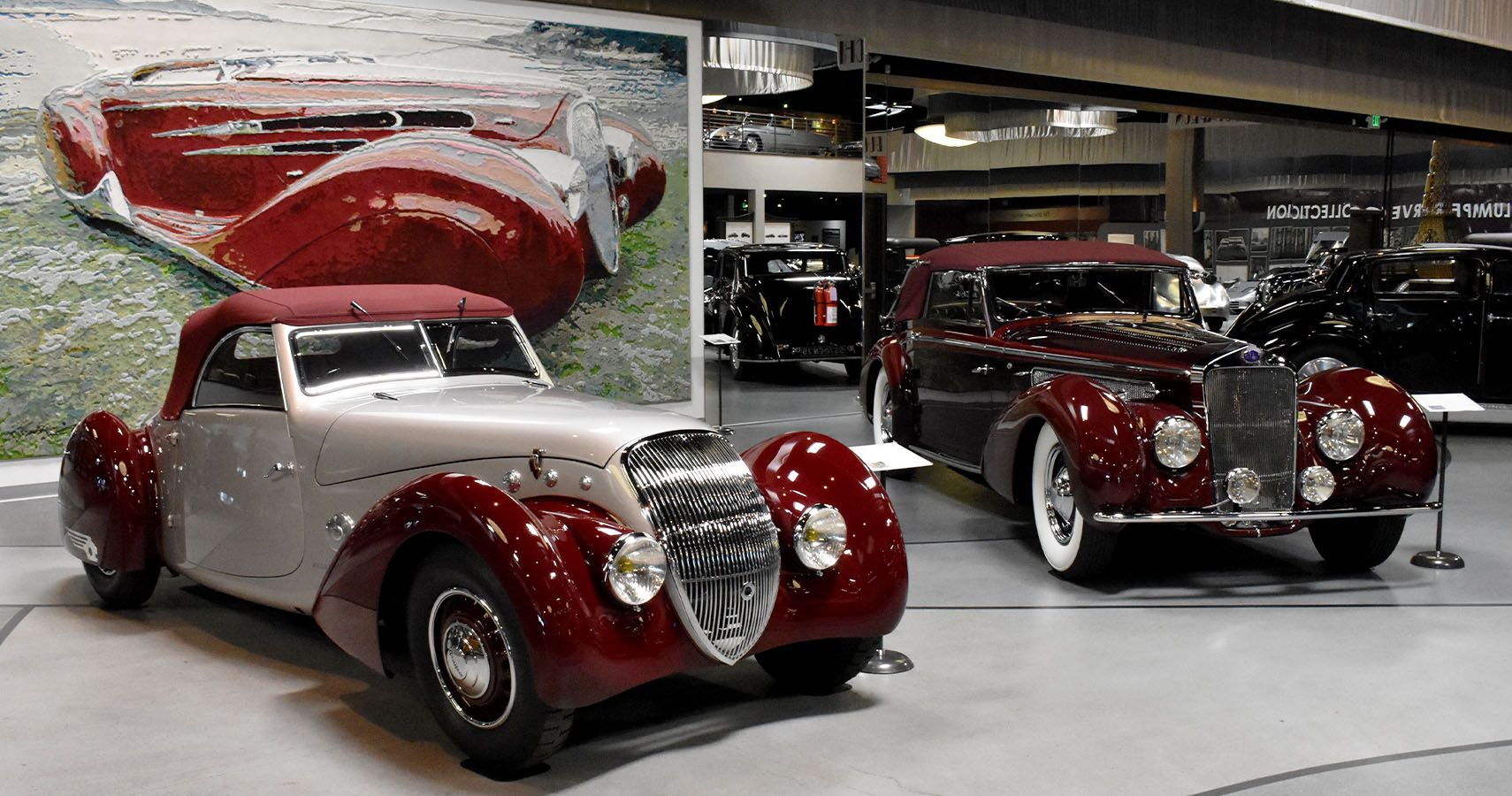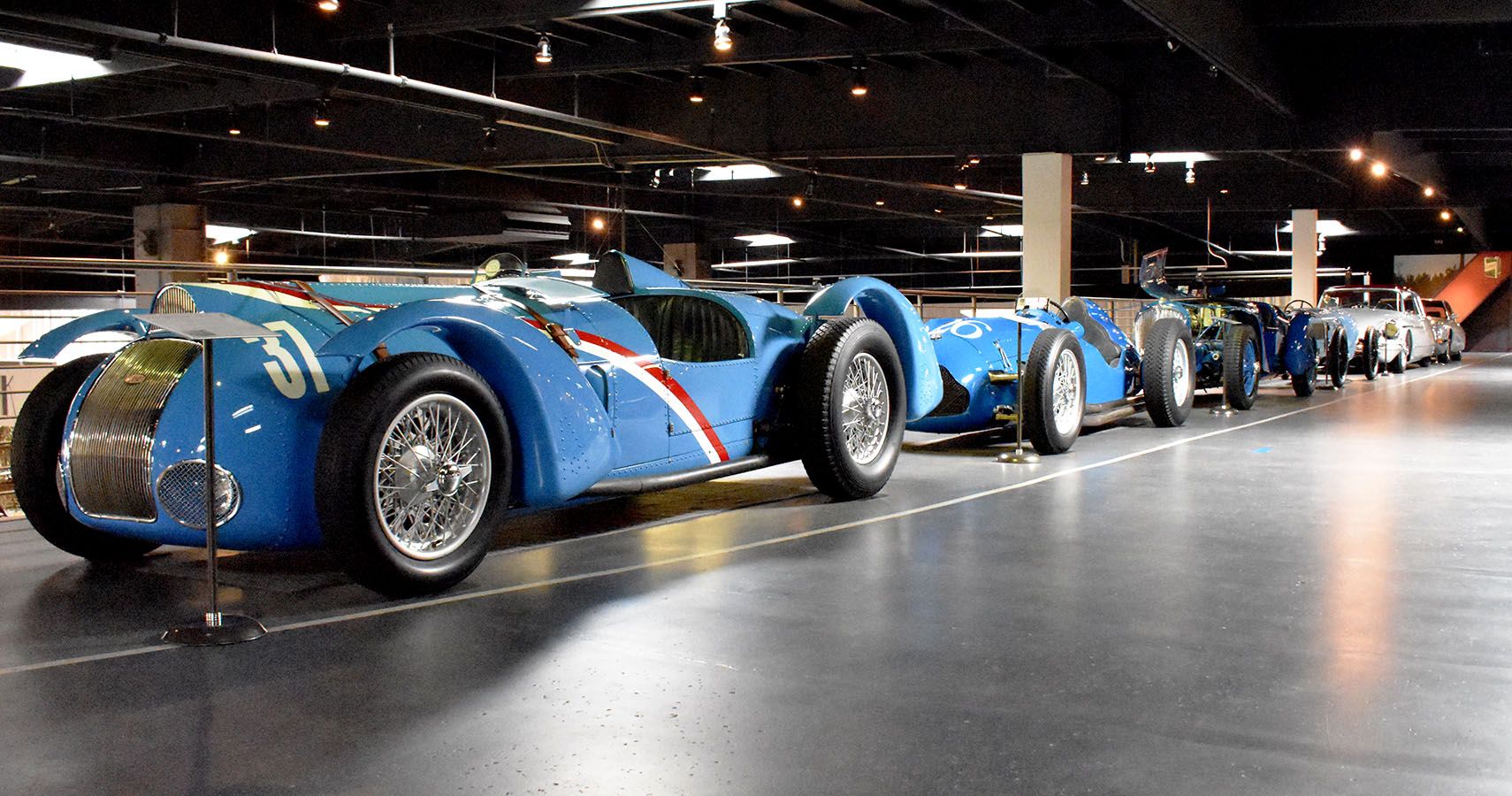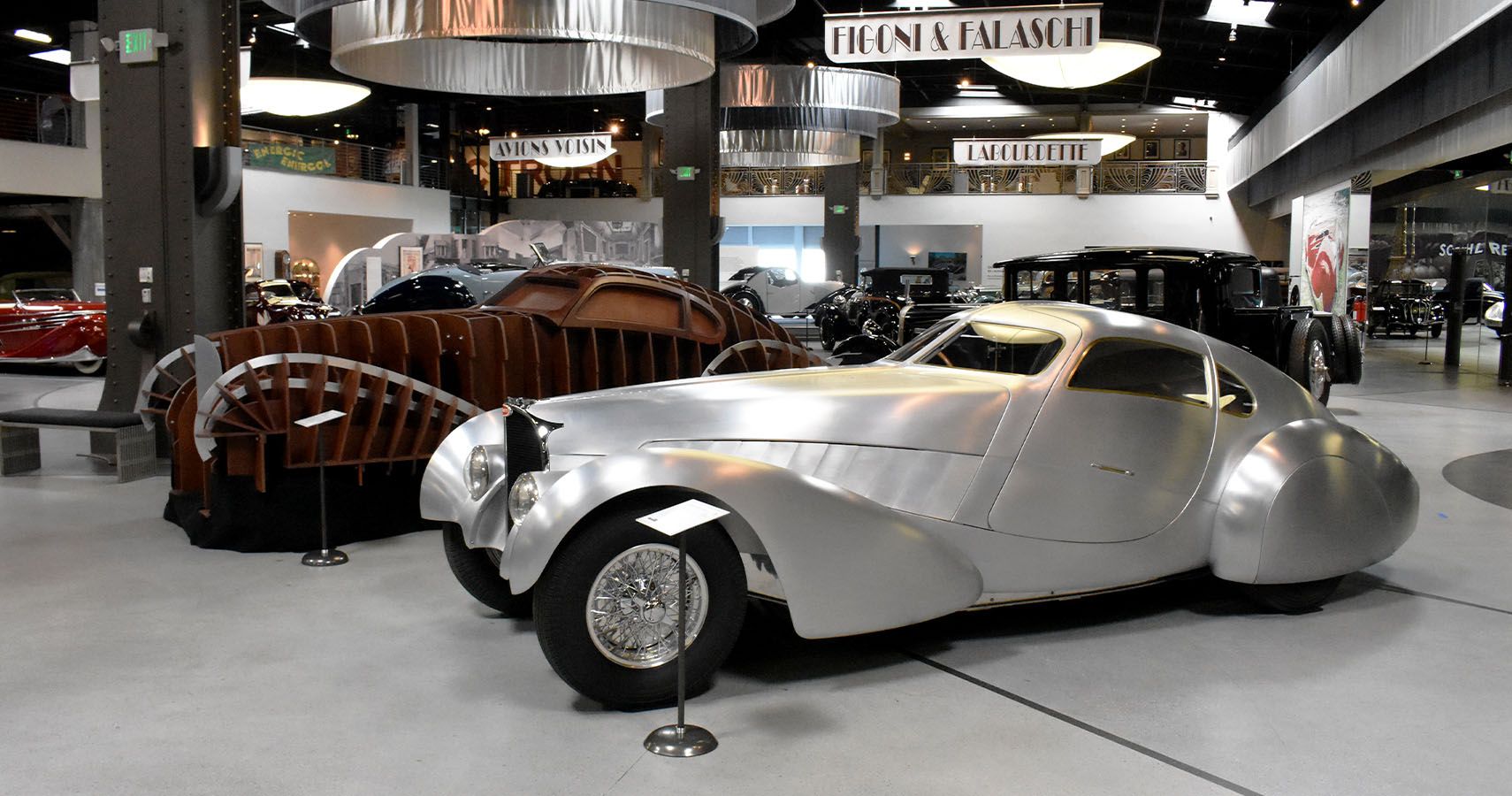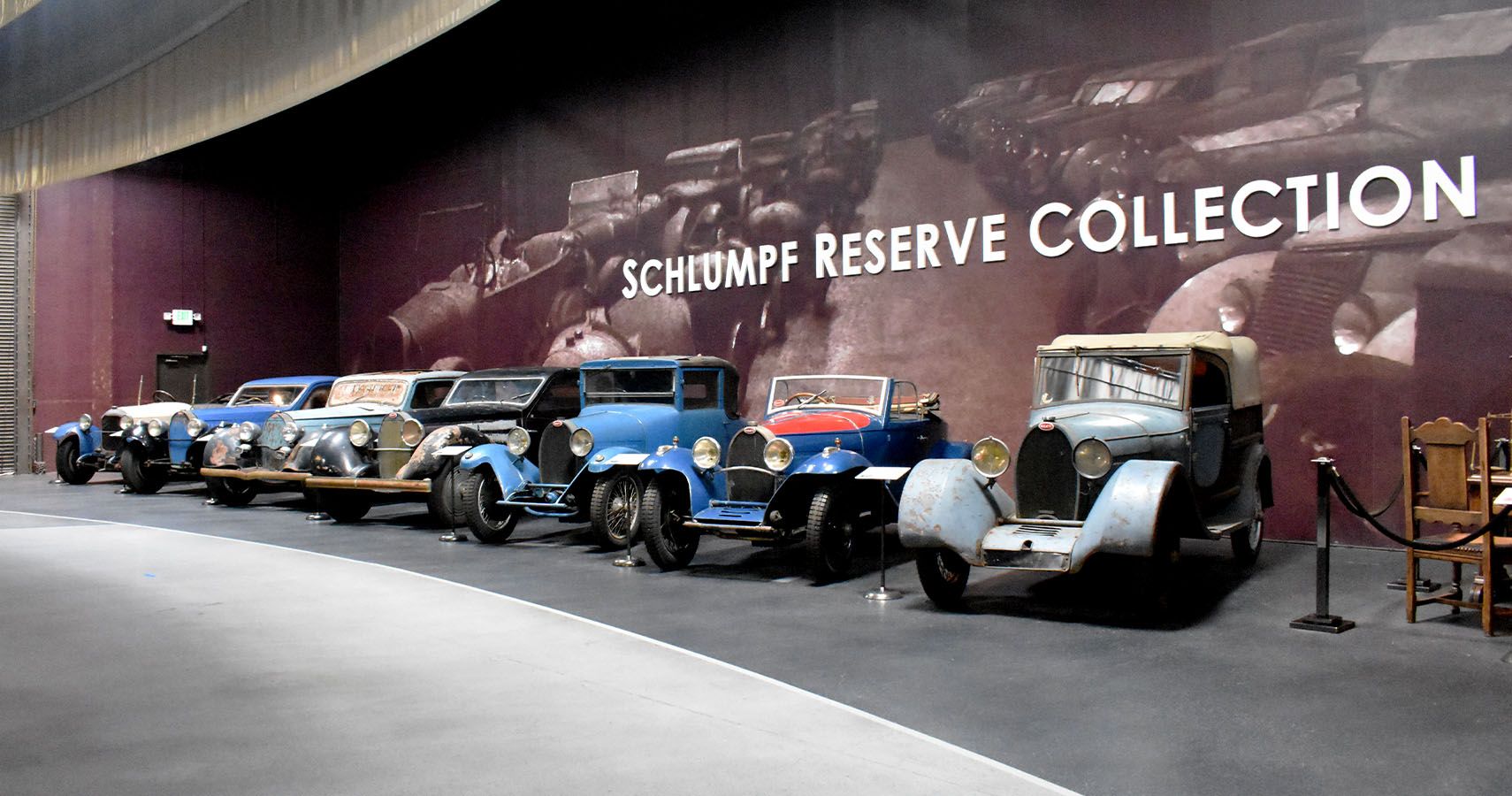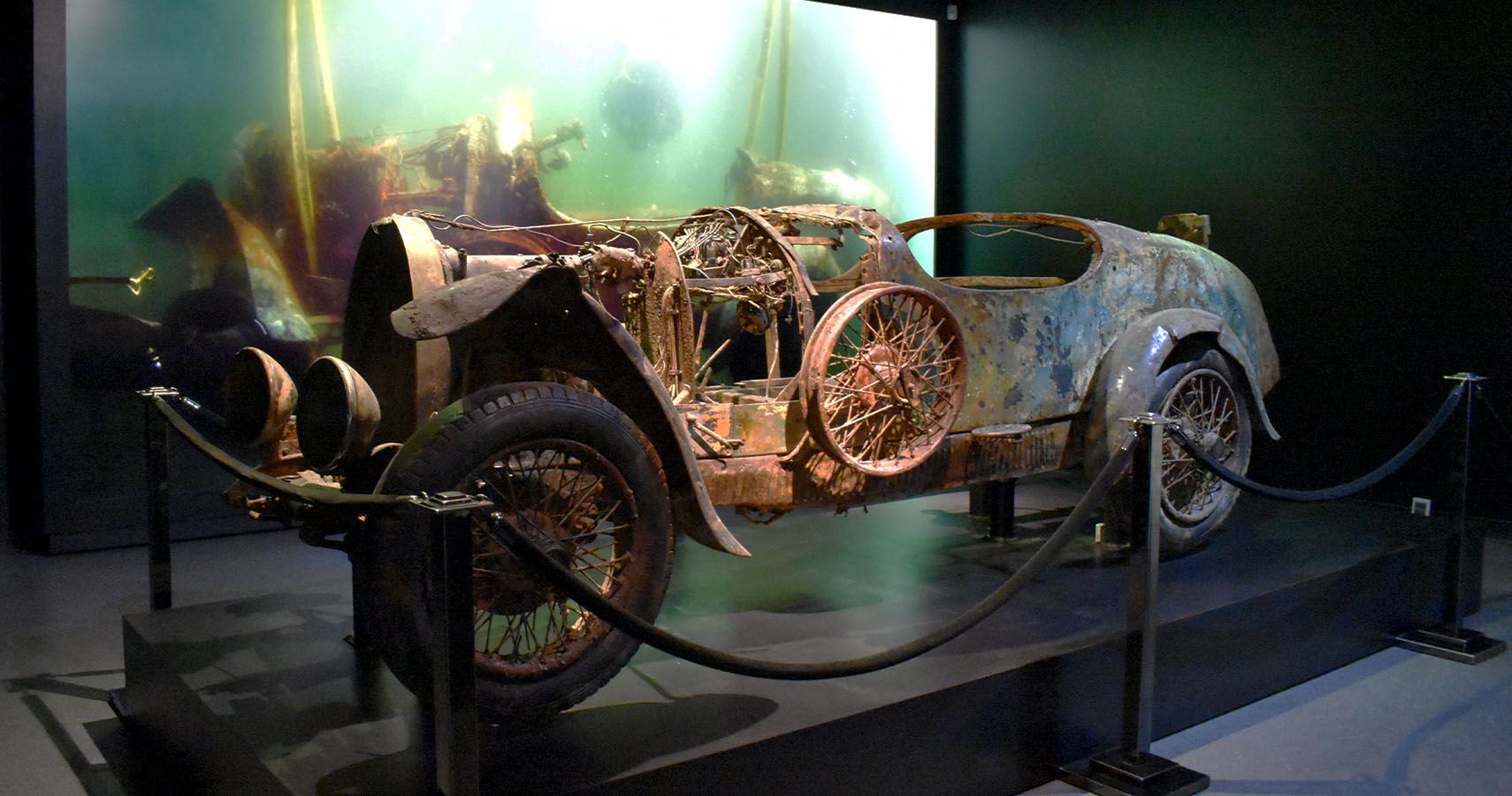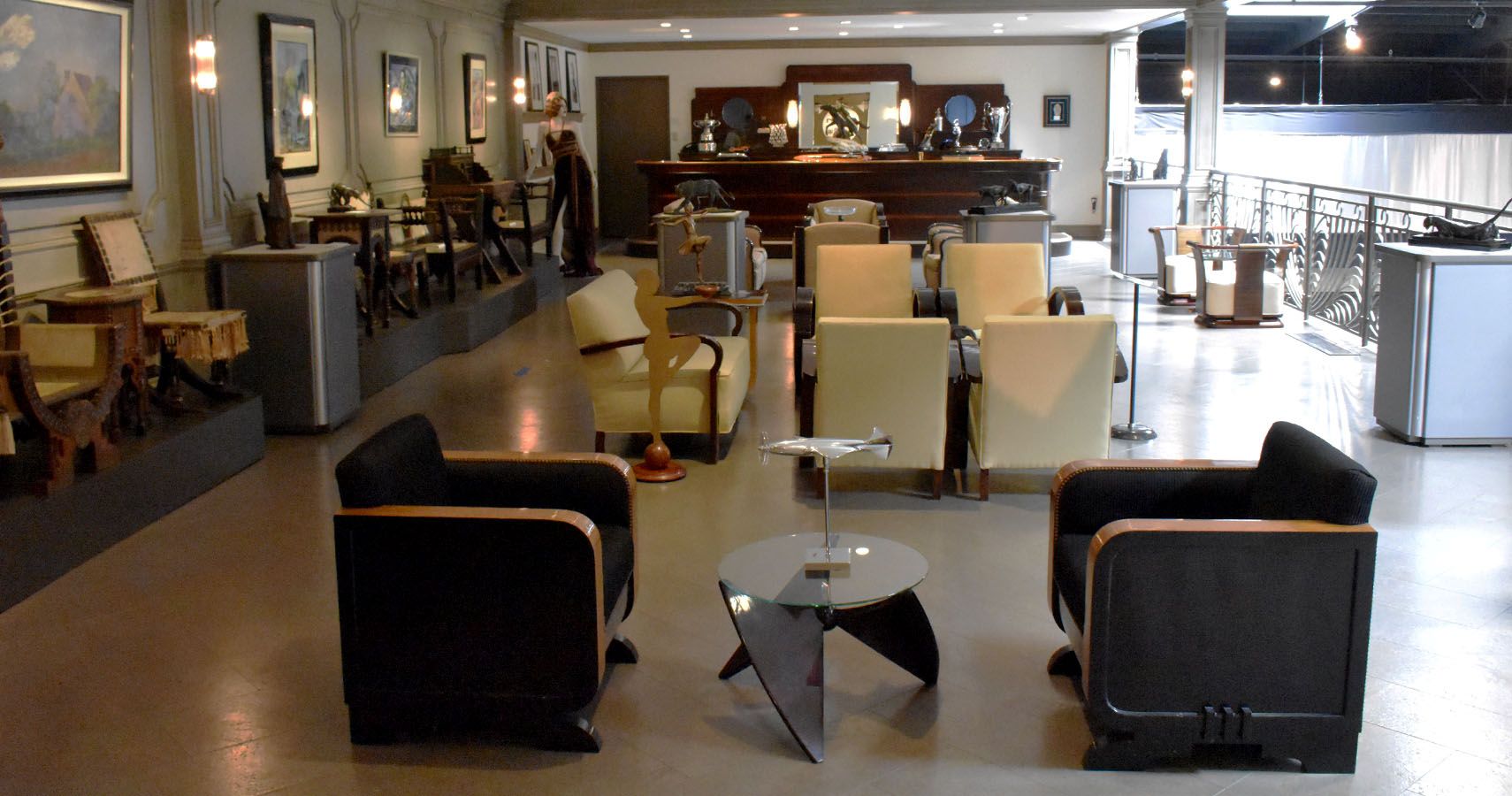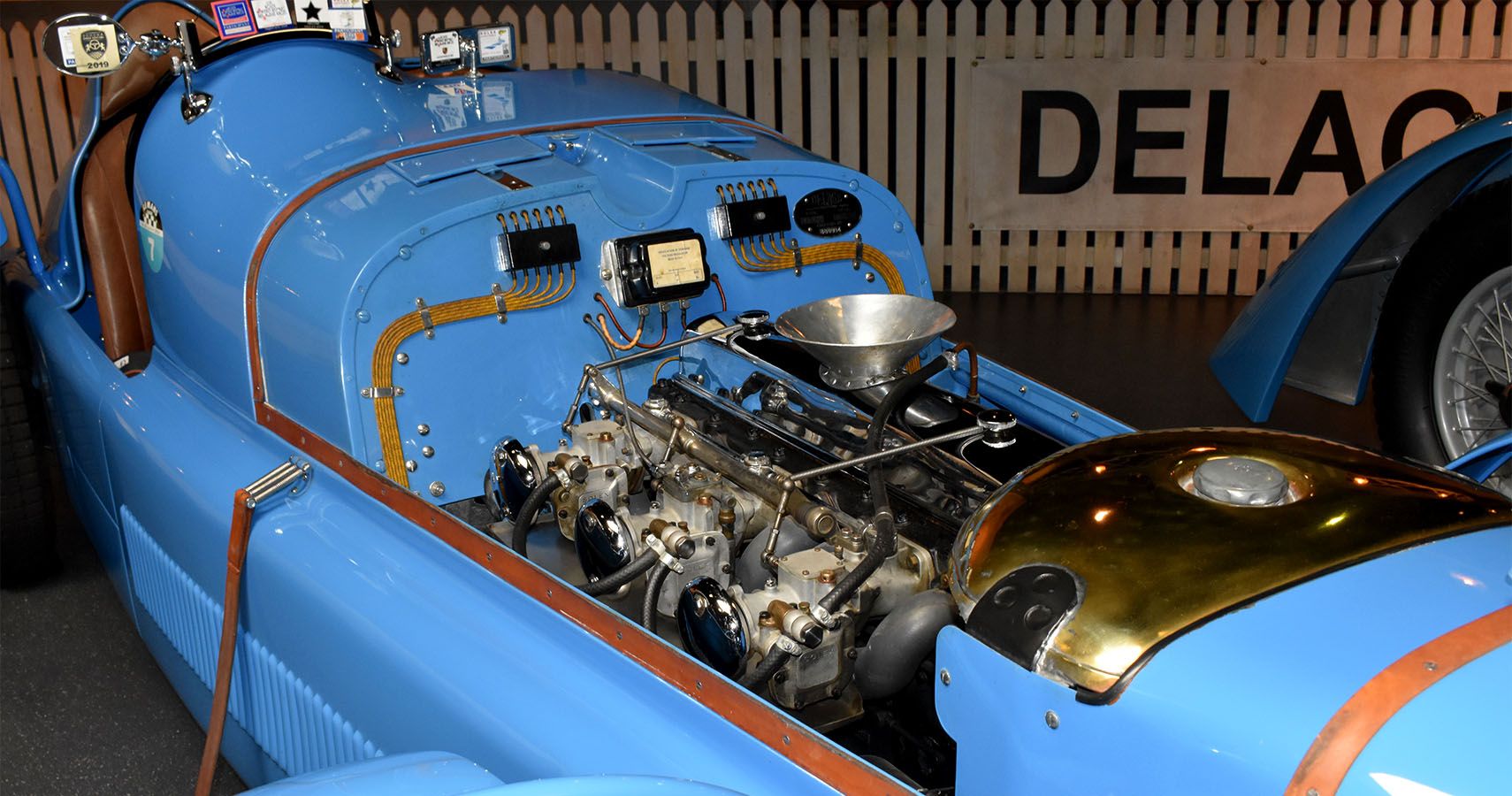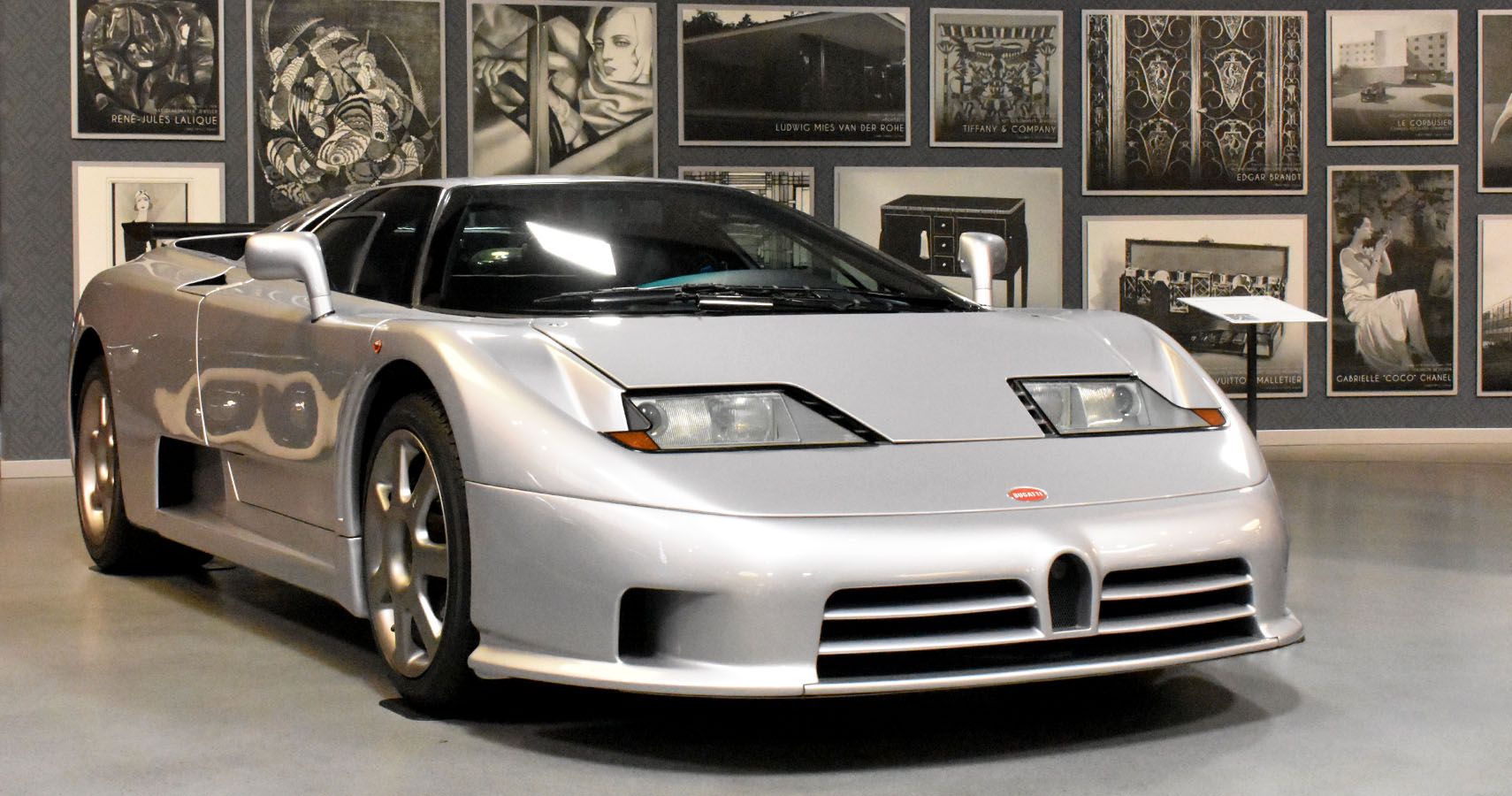While the prospect of a return to normalcy looms on the horizon after more than a year of pandemic life, the here and now still requires some focus. For the automotive world, supply chain delays mean production slowdowns could continue—potentially for years—while motorsport tries to catch up to an evolving landscape of rules and regulations surrounding live audience and in-person attendance.
Hopefully, the enthusiasm for cars and car culture that sprouted hardily during the long slog of 2020, despite the cancelation of events like the Pebble Beach Concours d'Elegance, will only continue to blossom as more and more gatherings become commonplace. During the dark months with doors closed and locked, automotive museums did their part in an effort to foster enthusiast excitement by switching to online formats, as exemplified by the Petersen's adoption of Monterey Car Week and The Brumos Collection's new "Inside the 59" YouTube series.
The Mullin Automotive Museum of Oxnard, California, also contributed to online automotive knowledge with the "Docent Tour" series of looks under the hoods at some of the rarest and most valuable cars in the world—and now, the Mullin has announced a post-pandemic reopening and invites guests to make the journey up to Oxnard for a visit.
I'd heard of the Mullin Museum and its founder, Peter Mullin, though I'd never committed to actually making the drive to check it out. But in the spirit of automotive optimism, I had to say yes when given the opportunity to take a sneak peek at what's going on inside.
Getting To The Mullin Automotive Museum
Getting to the Mullin Museum requires committing to either blasting through the San Fernando Valley on the 101 or taking the slower coastal route up the Pacific Coast Highway—I'd definitely recommend the latter. The drive takes about an hour from West LA, snaking along the ocean past the Malibu hills, and out into the fields of Southwest Ventura County. The Mullin itself sits in a relatively nondescript industrial park about two blocks from what looked like rows of cabbage as I skirted past—a stark contrast to the Petersen's bold red exterior on the Hollywood stretch of Wilshire Blvd.
Stepping in through the wide glass doors (hidden behind a head-height hedge), I immediately began wishing I had much more time to peruse the full extent Peter Mullin's collection, rather than the hour-plus I'd squeezed into a work day.
Many Other Makes And Models Along With All The Bugattis
The Mullin might be most famous for its Bugattis but actually houses a huge range of (mostly) French classics from the likes of Delage, Delahaye, Peugeot, Citroen, Hispano-Suiza, Tatra, Voisin, and more. Custom bodies, one-off designs, even a French "woody" all fit into the ensemble, which includes—without a doubt—some of the most beautiful and rare vehicles on the planet.
In some ways, the Mullin might legitimately claim to preview the history of today's supercar ethos. Sure, the family-owned company officially known as Automobiles Ettore Bugatti took a break from the 1963 to the 1987 before re-emerging under the tutelage of Romano Artioli and releasing the world-beating quad-turbocharged EB110 pictured above. And yes, the Bugatti as we know it today can legitimately be attributed to the harebrained genius Ferdinand Piëch and his wild pet projects as head of Volkswagen AG. But early inklings of that mindset in the form of straight-eights, superchargers, and impeccable, opulent designs existed way back in the early-1900s, too.
Modern Artwork In Aluminum Form
The Mullin truly comes across as a celebration not just of automotive performance potential—which it is, with the potent-for-their-times racecars on display upstairs—but also to the golden age of Art Deco aesthetics and an automotive era when swoops, bulges, and boat-tails fit into the mix in a big way.
And Peter Mullin contributes to that ethos today, having conscripted designs from Art Center in Pasadena to create a new hand-formed aluminum body for the 1939 Bugatti Type 64 Coupe seen above next to its modeling skeleton. (Cruella de Vil would have literally killed for this car, right?)
The Schlumpf Reserve Collection Story
To tour the Mullin with a docent—as I did for about half an hour with an incredible knowledgeable volunteer named Mike Ellis—is to learn about Peter Mullin the man and his passion for French cars. His personage sounds semi-mysterious and the truth emerges that almost nobody even knows how much Peter Mullin paid for most of the cars on display, but the passion can't be escaped for a moment.
How else to describe what would lead a man to buy an entire warehouse full of decrepit French cars that the French government itself had tried to annex? So concluded the fraught history of the Schlumpf Reserve Collection, which was begun as a vain exercise by two brothers struggling to run a textile company who then decided to amass France's largest collection of automobiles—only to run out of money, take on government debt, and have almost the entire lot of around 450 cars essentially repossessed by the same government and turned into a national archive. Almost, but not all—as seen at the Mullin Museum.
A Bugatti Retrieved From The Bottom Of A Lake
Of all the cars with price tags that must have been in the six, seven, and eight-figure range, the only one that can be definitively pinned down is seen above. Yep, that's a Bugatti Type 22 that was fished out from the bottom of a lake in Switzerland, where it had been dumped after being lost in a game of poker. Peter Mullin acquired the rusting-out hulk of metal nicknamed the "Lady of the Lake" in support of a charitable auction, so the whole world knows the car cost $360,000 (which Ellis told me he apparently calls $50,000 worth of car and $300,000 worth of story).
A Celebration Of The Entire Bugatti Family
Due to pandemic safety measures, the Mullin now provides blue arrows on the floor to direct guests around the space and allow for sufficient social distancing. And that directionality also provides a backbone to the narrative of the entire Mullin collection, which doesn't limit itself to automobiles (pristine, rotted, or rusty).
An entire room at the back is dedicated to Art Deco automotive artwork, while paintings, sculptures, and furniture created by the entirety of the talented and tragic Bugatti family figures into the tale. The bar-lounge seen above populated by period pieces offers some intimate glimpses into the minds of Carlo, father to Ettore and Rembrandt, his wife Teresa, and the young scion Jean.
Glimpses At The World's Most Cutting-Edge Obsolete Technology
Meanwhile, the path through time allows visitors to check out old-school automotive technology that seems alternately ridiculous and impressive, from hand-operated oil pumps on racecars to exquisite drum brake designs, leaf spring setups, and vintage carburetors. Best of all, the Mullin Museum's placards do an excellent job of translating the important mechanical and technical details into language that bridges the decades between then and now.
Emerging Into The Modern World
I didn't get nearly enough time to enjoy all the Mullin has to offer—and there's no way to cover all the cars on display in this single article. The Mullin usually numbers about 45 cars on the floor and houses hundreds more in another facility. Impressively, they're all running and driveable—other than the ones that obviously aren't.
The sheer variety of historically significant cars made me wish I wish I had blocked out all day to visit, so I'll have to make my way up north again soon. From what I saw and learned, the Mullin Museum definitely proves itself worthy of the journey, especially if you stop for some food on the coast and then take a detour on the way home to blast around the Malibu Hills daydreaming about the glories of a bygone motoring era.
Sources: mullinautomotivemuseum.com, newatlas.com, and newsroom.bugatti.com.


